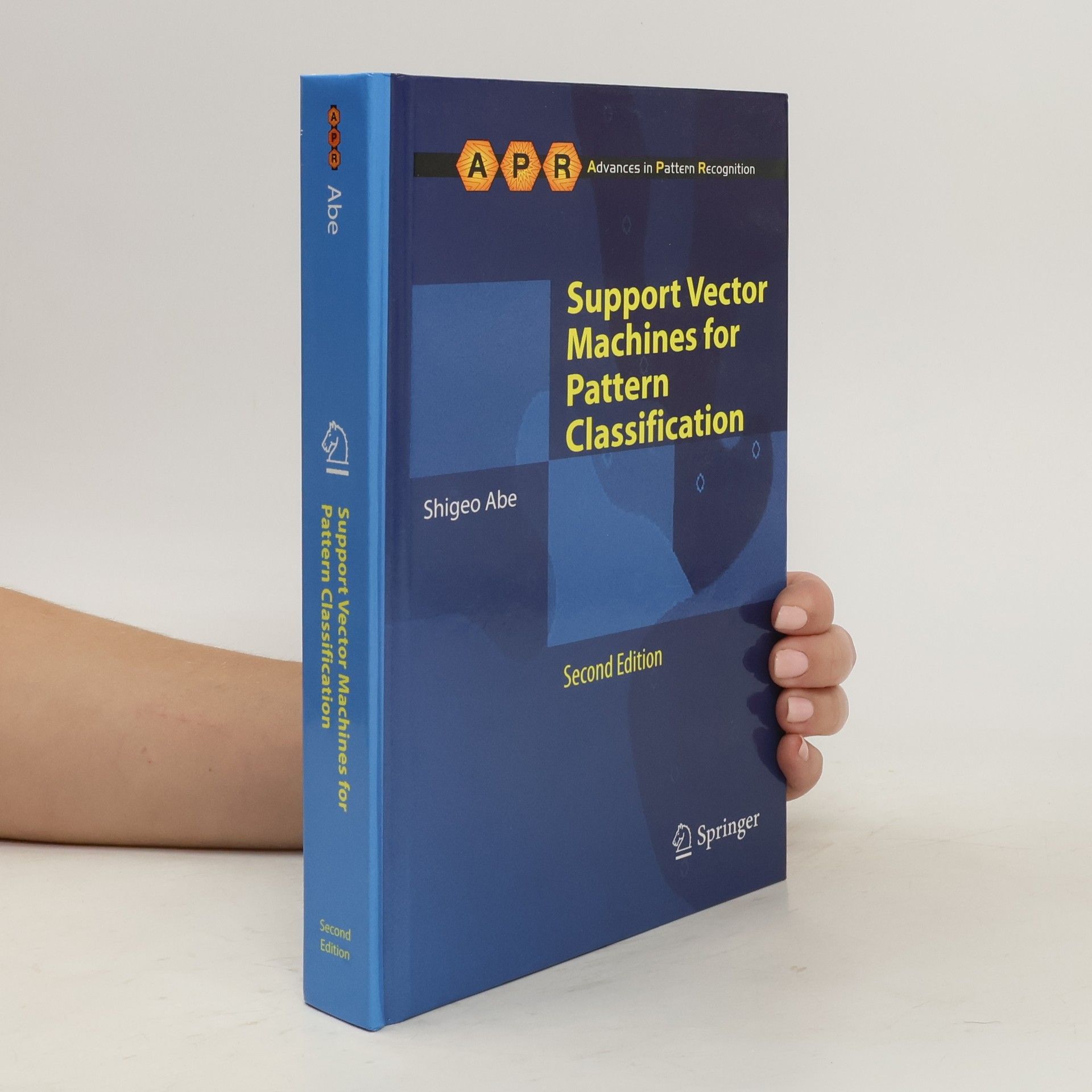Support Vector Machines for Pattern Classification
- 471pages
- 17 heures de lecture
A guide on the use of SVMs in pattern classification, including a rigorous performance comparison of classifiers and regressors. The book presents architectures for multiclass classification and function approximation problems, as well as evaluation criteria for classifiers and regressors. Features: Clarifies the characteristics of two-class SVMs; Discusses kernel methods for improving the generalization ability of neural networks and fuzzy systems; Contains ample illustrations and examples; Includes performance evaluation using publicly available data sets; Examines Mahalanobis kernels, empirical feature space, and the effect of model selection by cross-validation; Covers sparse SVMs, learning using privileged information, semi-supervised learning, multiple classifier systems, and multiple kernel learning; Explores incremental training based batch training and active-set training methods, and decomposition techniques for linear programming SVMs; Discusses variable selection for support vector regressors.
